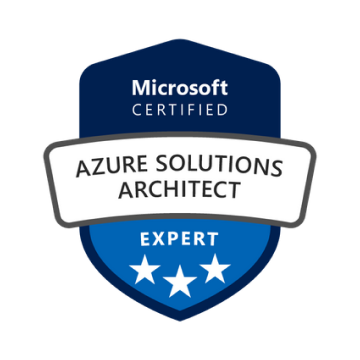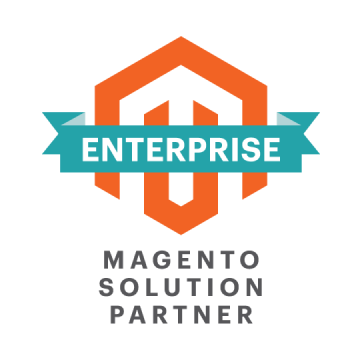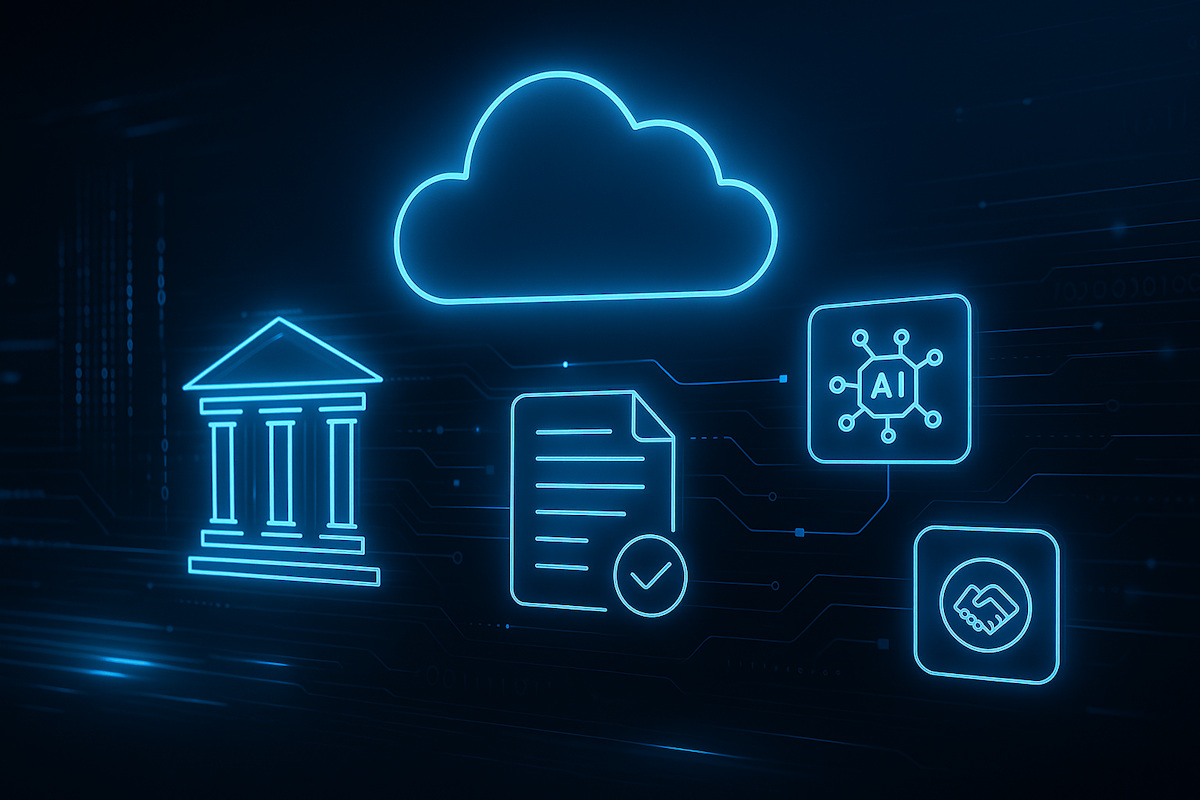MCP Server Development Services
We design, build, and operate Model Context Protocol (MCP) solutions that connect your models to real business systems safely and at production speed. From the first use case and server architecture to tool routing, memory, and controls, we focus on measurable outcomes: faster decisions, lower ops load, and reliable automation across your stack.
Our Offerings
MCP Strategy & Business Case
We turn an initial idea into a concrete plan that secures executive buy-in. We define high-value use cases, quantify impact on cycle time, cost, and quality, and set measurable success gates for POC, MVP, and rollout. The plan covers dependencies across data, tools, and governance so teams know what must be in place before build. We model total cost of ownership across tokens, infrastructure, vendor fees, and support, then map that to the expected ROI window.
Custom MCP Server Architecture
We design the MCP server to fit your operating model and growth path. Topology, isolation boundaries, and failover are chosen to support your tenancy model and uptime targets. Orchestration patterns — sync for quick actions, async for heavy jobs — are paired with retries, idempotency, and backpressure so workloads stay predictable under load spikes. Observability is built in from day one with structured logs, traces, and metrics that support redaction and root-cause analysis.
Tool Integration and Routing
We connect MCP to the systems that run your business using clear contracts and strong typing. Routing logic selects the right tool based on policy, confidence, and context, so actions execute consistently. Safety controls keep integrations stable even when downstream systems degrade. Error taxonomies and standardized responses make failures diagnosable instead of opaque. For sensitive operations, execution happens in sandboxes with human-in-the-loop checkpoints to keep production safe.
Memory Layer Integration
We add a memory layer that gives agents durable context without leaking sensitive data. Short-term and long-term memory are separated with decay and summarization rules that keep context relevant and compact. Retrieval is built on an appropriate stack selected through evaluation on your data. Every write follows a data contract with deduplication, freshness rules, and conflict handling to prevent noisy memories.
Role & Persona Definition
We codify how agents should behave so results are consistent and auditable. Each role has objectives, constraints, tone, tool rights, and escalation paths. Prompt scaffolds tie roles to grounding data and tool hints so responses stay aligned to policy. Every role ships with an evaluation suite using golden datasets and rubrics that reflect your domain standards. Releases move through sandbox runs and shadow traffic before staged rollouts, creating a predictable path from experiment to production.
Security and Access Control
We apply security patterns that match regulated and high-risk environments. Access is enforced with RBAC or ABAC at the level of tools, memories, and actions, with policies expressed as code. Secrets are managed centrally with rotation policies; OAuth flows are configured for least privilege; and all actions are logged with tamper-evident trails. Network posture reduces exposure while keeping performance acceptable. We run red-team exercises for prompt injection, tool abuse, and data exfiltration and convert findings into repeatable hardening steps.
Performance Optimization
We tune for latency, cost, and reliability in balance with quality. Token budgets are managed through compression, selective context, and caching, which lowers spend without blinding the model. Adaptive routing picks models by SLO, so workloads land where they perform best. Heavy integrations run with batch or streaming patterns to reduce waiting time and queue congestion. Live dashboards track latency, accuracy, and business KPIs, and experiments roll out behind flags to confirm gains before full adoption.
MCP Documentation & Versioning
We keep the system legible as it grows. Canonical schemas and OpenAPI specs define interfaces, while semantic versioning and deprecation windows reduce breakage across teams. Architecture Decision Records capture why choices were made so successors can evolve the platform without guesswork. Incident playbooks, runbooks, and onboarding guides accelerate recovery and shorten ramp time for new contributors. A predictable release cadence with coverage targets and release notes builds confidence in each change.

Industries We Serve
- Retail & eCommerce
- Healthcare & Life Sciences
- Finance & Banking
- Logistics & Supply Chain
- Manufacturing
- Government & Public Sector
- Startups
- SaaS
- Telecommunications
- Education
Challenges We Solve
Many teams can prototype with MCP; fewer can run it reliably across functions and audits. We focus on the operational gaps that block adoption and ROI.
Want a frank assessment of your MCP risks and upside?
Why Choose WiserBrand
We build MCP that survives real usage, not just demos. Here’s what you get from working with us.
1
Business-first scoping
We start with the economics: where MCP reduces cycle time, error rates, or handling cost; what changes in conversion or throughput are plausible; and how to measure it in production. Budgets, milestones, and exit criteria are defined up front so funding decisions are clear.
2
Architectures that respect your stack
We design MCP servers and integrations that fit your cloud, security posture, and data contracts. That means typed interfaces, versioning, and rollout patterns compatible with enterprise CI/CD, not a sidecar tool that drifts from your standards.
3
Deep GenAI & NLP engineering
Our team ships retrieval, grounding, prompt scaffolds, and evaluation suites that reflect domain specifics — finance controls, clinical terminology, retail catalogs, manufacturing telemetry. You get agents that act with context, not generic chat.
4
Measurable operations
Observability is part of the design: structured logs, traces, metrics, and dashboards tied to latency, accuracy, and business KPIs. Incidents have playbooks; changes have gates; quality trends are visible to product and compliance teams alike.
5
Fast paths from idea to impact
We run tight POCs that de-risk data access, tool behavior, and security. Findings roll into an MVP plan with a staged launch approach — sandbox, shadow, limited production — so momentum translates into adoption.
6
End-to-end ownership
You don’t have to juggle vendors. We cover strategy, server build, tool adapters, memory layer, access control, and performance work, then hand off with documentation, training, and support options that fit your operating model.
Our Experts Team Up With Major Players
Partnering with forward-thinking companies, we deliver digital solutions that empower businesses to reach new heights.
Our Workflow
We keep delivery tight and measurable. Each step produces concrete artifacts your team can use immediately.
Discovery & Value Model
We meet stakeholders, map the processes MCP can impact, and pick high-leverage use cases. The result is a KPI tree with target deltas for cycle time, cost per action, quality, and risk. We capture data/tool dependencies, policy constraints, and success gates for POC, MVP, and production so decisions stay grounded in numbers.
Architecture & Safeguards
We design the MCP server topology, integration contracts, and routing approach that fit your cloud and security posture. You get ADRs, interface schemas, RBAC/ABAC policies, and an observability plan covering traces, logs, and metrics. High-risk actions are isolated behind sandboxes and human checkpoints, and incident playbooks are drafted up front.
POC Build & Evaluation
We implement a thin vertical slice that exercises real data, tools, and memory. Evaluation suites use golden datasets and role-specific rubrics to measure accuracy, safety, and latency. Findings feed a go/no-go decision with a refined backlog, cost model, and a clear path to MVP.
MVP & Integration Hardening
We expand adapters, finalize the memory layer, and wire policy hooks for audit and compliance. Routing becomes adaptive across models based on SLOs for quality, latency, and spend. Load tests, failure injection, and observability dashboards validate behavior under stress, while developer docs and runbooks prepare internal teams to operate the system.
Rollout & Operations
We move from sandbox to shadow traffic, then controlled production with staged feature flags. Dashboards track business KPIs alongside reliability metrics; change windows and versioning keep releases predictable. Ownership is handed off with training, RACI, on-call rotations, and a roadmap for performance tuning and future modules.
Client Success Stories
Explore how our services have helped businesses across industries solve complex challenges and achieve measurable results.
Tech Stack
We pick components that fit your cloud, security posture, and operating model. Below is a representative stack; we adapt interfaces and contracts so parts can be swapped without a rewrite.
1
MCP Runtime & Interfaces
- TypeScript, Python
- JSON Schema, OpenAPI
- HTTP/gRPC transports
- FastAPI, Express
- Workers/queues for async jobs
2
Model & Inference Layer
- OpenAI, Anthropic, Google, Azure OpenAI
- vLLM, Ollama (self-hosted)
- Prompt libraries, versioned prompts
- Token caching
3
Retrieval & Memory
- Postgres + pgvector, FAISS
- Pinecone, Elasticsearch/OpenSearch
- Re-ranking (e.g., Cohere/TEI)
- Data contracts, dedupe, retention rules
4
Data & Integration Fabric
- Snowflake, BigQuery, Redshift, Databricks
- Airbyte, Fivetran, dbt
- Kafka, SQS/SNS, Pub/Sub
- Airflow, Argo Workflows
5
Cloud & Ops
- AWS, Azure, GCP (EKS/AKS/GKE, ECS, Lambda/Functions)
- Kubernetes, Helm, Kustomize
- OpenTelemetry, Prometheus, Grafana, ELK
- Feature flags, blue/green, canary
6
Security & Access
- OAuth2/OIDC (Okta, Azure AD, Google Workspace)
- Vault, KMS (AWS KMS, Azure Key Vault, GCP KMS)
- OPA/Gatekeeper (policy as code)
- VPC peering, PrivateLink, egress controls, audit logs
Frequently Asked Questions
MCP is a standard way to connect models to tools, data, and policies through a server that handles routing, memory, and controls. It shines when multiple systems, roles, and audit needs are involved — far beyond a single plugin or ad-hoc API call.
Access is scoped via RBAC/ABAC at the level of tools, actions, and memory. Secrets live in Vault/KMS, identities run through OAuth2/OIDC, and network paths use private links with egress controls. We add tamper-evident logs, retention rules for sensitive fields, and red-team tests for prompt injection, tool abuse, and data exfiltration.
A focused POC typically lands in less than 6 weeks with a $30–75k budget to validate data access, tool behavior, and safety. A production implementation with hardened integrations, memory, and governance is usually $120–500k.
We start with a KPI tree tied to your processes —cycle time, handle time, error rates, conversion, or throughput. Baselines are captured before changes ship; instrumentation and dashboards track both quality and latency alongside business impact.




















